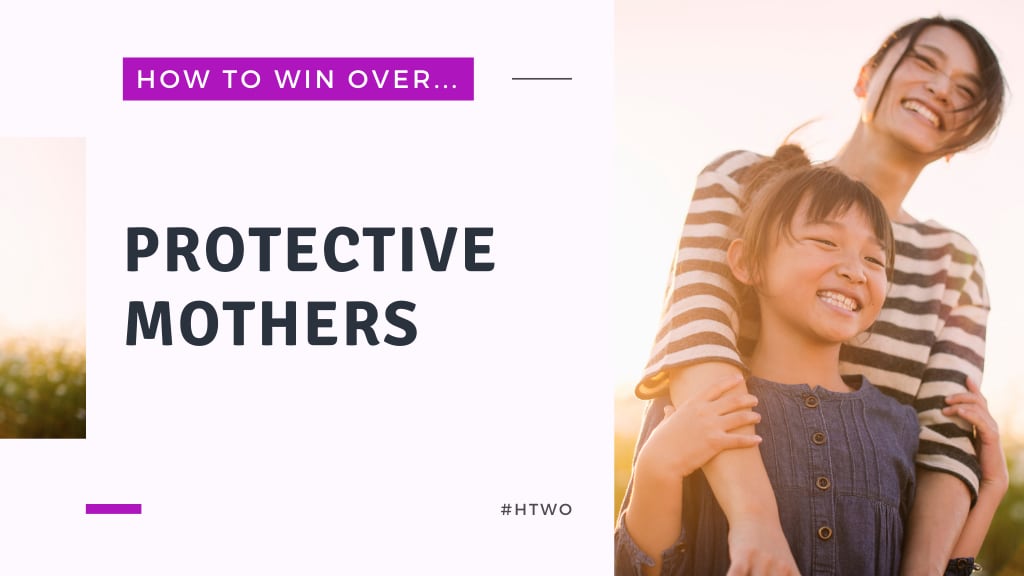Many of these communities depend solely on the bushfood industry for survival, which has been proven to be very unstable, as the COVID-19 pandemic has proven.
“We're looking at a really low percentage of First Nation growers represented in the primary industry regardless of what industry they're supporting. They predominantly target bushfood, but there's so much more to what these botanical species can actually offer,” explained Lisa Carroll, director of Australian ingredients manufacturer Native Extracts.
This is driving Indigenous growers like Dominic Smith, a Yuin man and owner of Pundi Produce, towards the Australian cosmetics industry where it can find new commercialisation opportunities.
Pundi Produce is a farm based in the South Australian Riverland region that cultivates organic Australian native fruit, vegetables and herbs sustainably.
Smith told the Beauty Broadcast that he was excited about the prospect of expanding in the cosmetics industry.
“The more I learn, the more that I want to go to that direction, right, because it is about the healing properties of the plants that can be transferable through the skin, which is the largest organ.”
One of the big issues facing First Nation growers is that there are very few species that would be considered serious global commercial crop status. According to Smith, only about a hundred are used in the food industry, when there are around 6,500.
Expanding the reach of what these species can be applied to, such as cosmetics, could create more opportunities for more Indigenous growers to scale. Furthermore, it would allow greater inclusion of Indigenous people and brands in representing A-beauty.
Hoping to empower Aboriginal women in starting their own businesses, Smith reached out to Native Extracts and collaborated with Carroll on an entrepreneurship programme to guide young Indigenous women to launch their own skin care businesses.
The programme has recently worked with three mentees, including Tenesha Pickering, a Ngarrindjeri woman and founder of Graceful Tunkerri; Katisha Jackson, a Yorta Yorta and Wemba Wemba woman and founder of Parnbandila; and Stacey Wilson, a Ngarrindjeri woman and founder of Cutch.
One of the key objectives of the programme is to champion First Nations-owned cosmetic brands to become a core part of the Australian beauty industry, enhancing sustainability of the sector and lives of First Nations women and communities.
“The entrepreneurship programme and being part of that, was a massive thing. It’s an opportunity for Indigenous people to get into the skin care industry because there are not many,” said Smith.
Carroll added: “The cosmetic industry is a huge platform, not only to tell new stories and truths, but also to create markets for growers to scale to and we want to make sure that in First Nation growers have the opportunity to be involved in that growth as well and that there is something to grow to as well.”
To learn more about this entrepreneurship programme, check out the video above.


